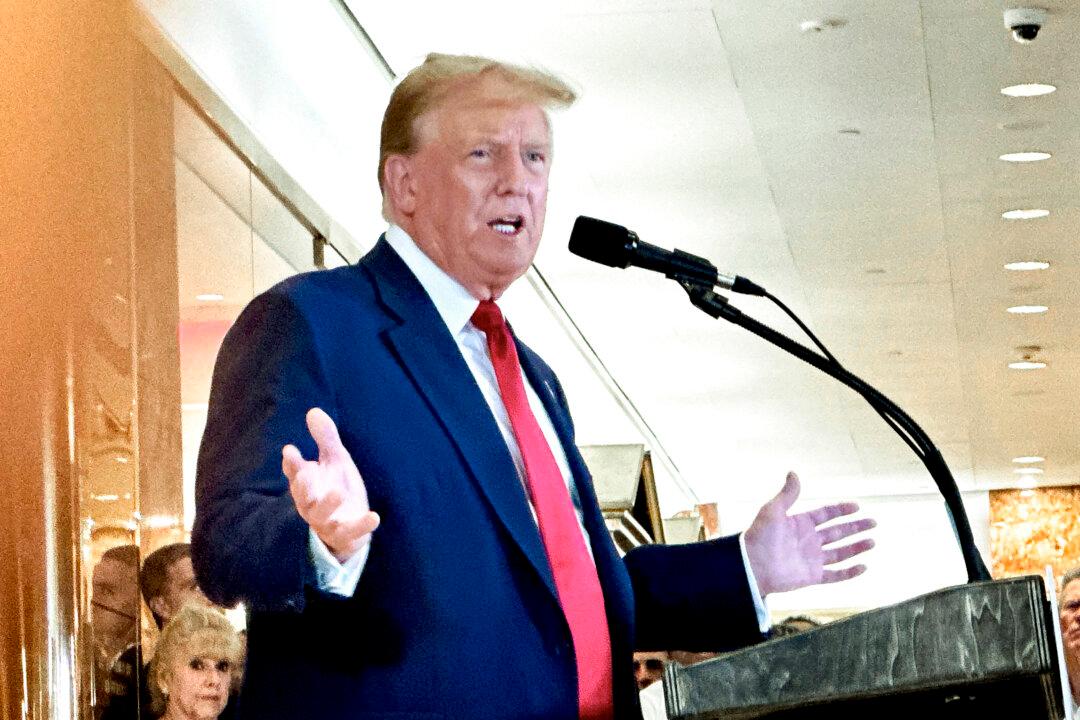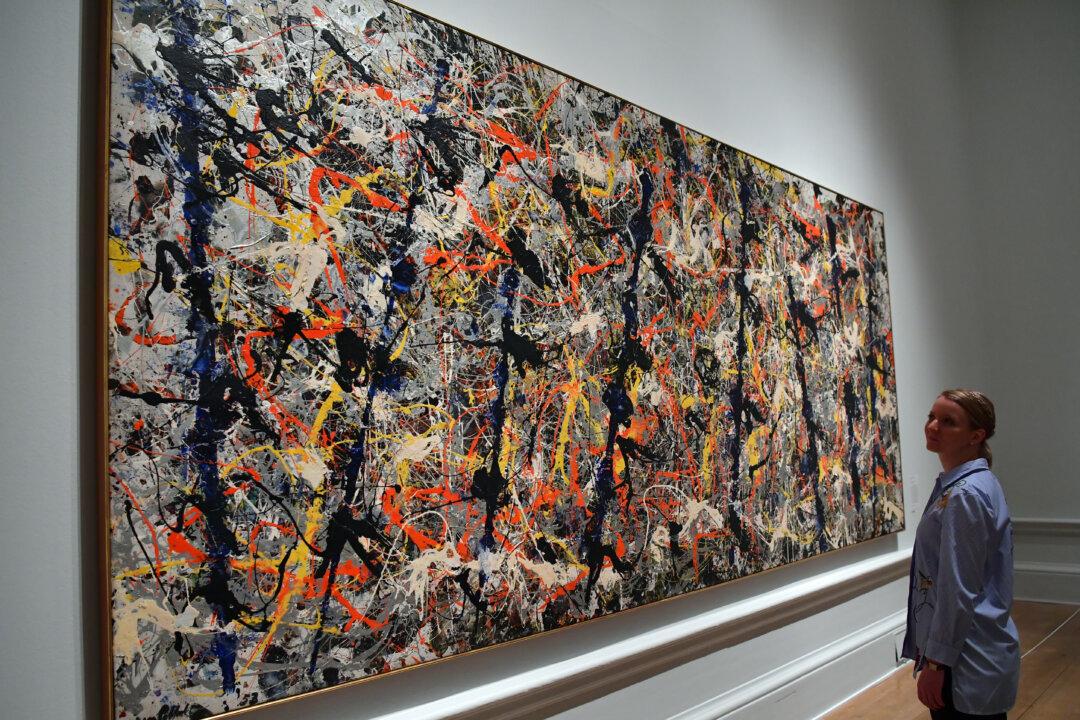As a working principle, the conviction that things are always worse than they seem is hard to beat.
Along with the observation from William Dean Howells that the problem for a critic isn’t making enemies but keeping them, that mournful conviction that things are worse than they seem has the twin clarifying advantage of being psychologically helpful and empirically true.
Both have stood me in good stead.
That is to say, if Johnny Mercer was right that one should “accentuate the positive,” one should also avoid the attitude of Dr. Pangloss who, Leibnizian that he was, taught that this is “the best of all possible worlds.”
As readers of “Candide” will recall, that rose-colored sentiment didn’t do much to protect Cunégonde.
Siegel’s brilliant if melancholy overview shows in exhaustive detail how the U.S. government, abetted by the mainstream media and what has come to be called “elite” or “ruling class” opinion generally, has repurposed surveillance tools developed to combat terrorism and turned them against the American people.
I know that sounds dramatic.
It’s actually an understatement.
We have been vouchsafed glimpses of life behind the curtain for a while now.
Siegel focuses mostly on developments in the United States.
I have written about various aspects of the phenomena that Siegel aggregates in his sinewy and alarming essay.
Virtually every major news organization in America was involved: NBC, CBS, ABC, PBS, CNN, MSNBC, The New York Times, and The Washington Post.
Even fact-checking sites such as Politifact and Snopes, Taibbi notes, “cited Hamilton 68 as a source.”
The people at Hamilton 68 simply targeted individuals they didn’t like, individuals such as Devin Nunes, Mike Flynn, Tulsi Gabbard, or Donald Trump—and then smeared them as witting or unwitting stooges of Vladimir Putin.
The whole scheme, Taibbi shows, was a splendid example of “digital McCarthyism, taking people with dissident or unconventional opinions and mass-accusing them of ‘Un-American activities.’”
But Siegel shows this was the but the tip of the censorship iceberg.
His essay shows that kindred developments stood behind the state narrative about COVID-19, the Hunter Biden laptop scandal, the Jan. 6, 2021, protest at the Capitol, “domestic terrorists,” as well as anything having to do with Trump.
A critical moment was on Jan. 6, 2017.
It was then, in the waning days of the Obama administration, that Jeh Johnson, head of the Department of Homeland Security, placed the property of all 8,000 election jurisdictions under the control of the DHS.
“It was a coup,” Siegel notes, that Johnson had been aiming at since 2016.
At first, he was blocked by local authorities who explained that, as the Constitution stipulates, running elections was the sole responsibility of state legislatures.
Johnson justified his action by invoking the emergency of (totally spurious) “Russian interference.”
His success meant that in the final weeks of the Obama administration, “the new counter-disinformation apparatus scored one of its most significant victories: the power to directly oversee federal elections that would have profound consequences for the 2020 contest between Trump and Joe Biden.”
But Siegel shows that the rot began much earlier.
Remember the “Global War on Terror” mounted by the Bush administration following the terrorist attacks of 9/11?
It was then that the Patriot Act and kindred initiatives licensed the construction of a sprawling surveillance network, ostensibly focused on foreign bad guys but soon repurposed in a way that “suspended constitutional rights and placed millions of Americans under a shadow of mass surveillance.”
“The seamless transition from the war on terror to the war on disinformation,” Siegel writes, “was thus, in large measure, simply a matter of professional self-preservation. But it was not enough to sustain the previous system; to survive, it needed to continually raise the threat level.”
And raise the threat level “it”—the deep state—has consistently done, such that anyone who challenges its diktats is regarded as an enemy.
How did this happen?
Americans didn’t choose to give up their liberties and constitutional rights.
The choice was made for them.
As Siegel writes: “Americans are no longer presumed to have the right to choose their own leaders or to question decisions made in the name of national security. Anyone who says otherwise can be labeled a domestic extremist.”
Siegel’s essay is a tour de force whose richness and detail I can only hint at here.
If I had to summarize his findings, I would emphasize three points.
First, that “after the pretense of fighting a foreign threat fell away, what was left was the core mission to enforce a narrative monopoly over truth.”
We see that everywhere, whether the subject is Trump, Jan. 6, COVID, Russia, the joys of transsexuality, or the brittleness of the Constitution in the face of the perpetual emergency foisted upon us by the permanent state.
The second point follows that brittleness: “The pattern in these cases is that the ruling class justifies taking liberties with the law to save the planet but ends up violating the Constitution to hide the truth and protect itself.”
And that brings me to the third and most fundamental principle that Siegel has uncovered in this harrowing piece of work: That the ruling class, the elite that officiates over the ceremonies, perquisites, and directives of the deep state, are bound by one overriding conviction.
“As a class,” Siegel concludes, “their highest principle is that they alone can wield power.”
No one who reads this essay can doubt that this is true.
As I say, things are always worse than they seem.





